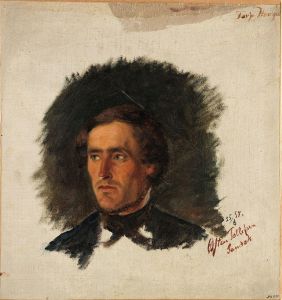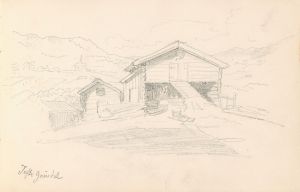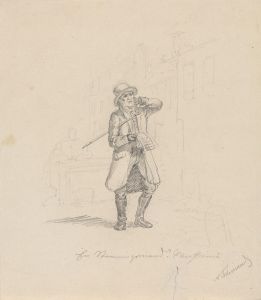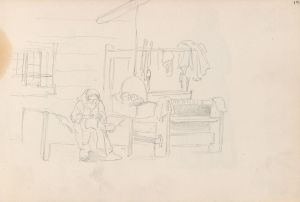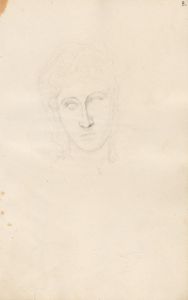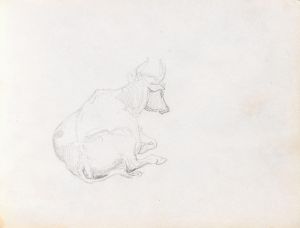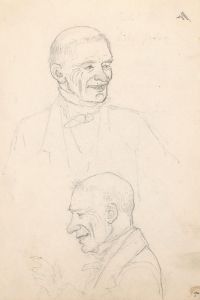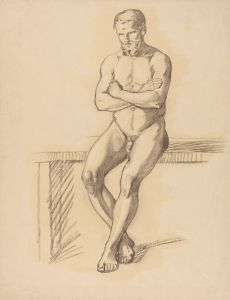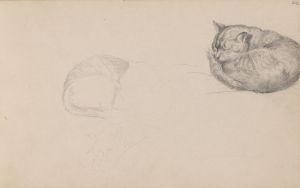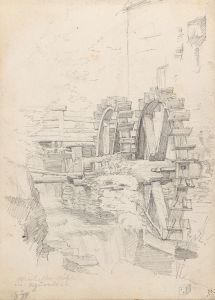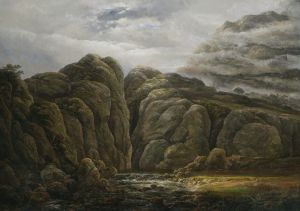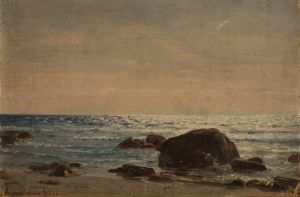
Jegere
A hand-painted replica of Adolph Tidemand’s masterpiece Jegere, meticulously crafted by professional artists to capture the true essence of the original. Each piece is created with museum-quality canvas and rare mineral pigments, carefully painted by experienced artists with delicate brushstrokes and rich, layered colors to perfectly recreate the texture of the original artwork. Unlike machine-printed reproductions, this hand-painted version brings the painting to life, infused with the artist’s emotions and skill in every stroke. Whether for personal collection or home decoration, it instantly elevates the artistic atmosphere of any space.
Adolph Tidemand, a prominent Norwegian painter of the 19th century, is best known for his depictions of Norwegian folk life and traditions. Among his works is the painting "Jegere" (translated as "Hunters"), which reflects his characteristic focus on rural life and the cultural identity of Norway during the Romantic Nationalism movement.
"Jegere" portrays a group of hunters in a natural setting, emphasizing their connection to the rugged Norwegian landscape. The painting is executed in a realistic style, with careful attention to detail in the hunters' clothing, equipment, and the surrounding environment. This attention to detail is a hallmark of Tidemand's work, as he often sought to document and preserve the traditions and lifestyles of rural Norway during a time of increasing modernization and urbanization.
Adolph Tidemand was born in 1814 in Mandal, Norway, and studied art in Copenhagen, Düsseldorf, and Italy. He became a central figure in the Düsseldorf School of Painting, which emphasized detailed, narrative-driven works. His collaboration with landscape painter Hans Gude on iconic works such as "Brudeferden i Hardanger" ("The Bridal Procession in Hardanger") further cemented his reputation as a leading artist of his time. While "Jegere" is less widely known than some of his other works, it remains an example of his dedication to portraying Norwegian culture and the everyday lives of its people.
The exact date of creation for "Jegere" is not widely documented, but it is consistent with Tidemand's broader body of work, which often explored themes of rural life, national identity, and the relationship between people and nature. His paintings were instrumental in shaping the visual identity of Norway during the 19th century, contributing to a growing sense of national pride and cultural heritage.
Today, Adolph Tidemand's works are celebrated as important contributions to Norwegian art history. Many of his paintings, including "Jegere," are housed in museums and collections that highlight the significance of his artistic legacy. His ability to combine technical skill with a deep respect for his subjects has ensured his place as one of Norway's most beloved painters.
This concise overview of "Jegere" situates the painting within the context of Tidemand's career and the broader cultural movements of his time, offering insight into its historical and artistic significance.





